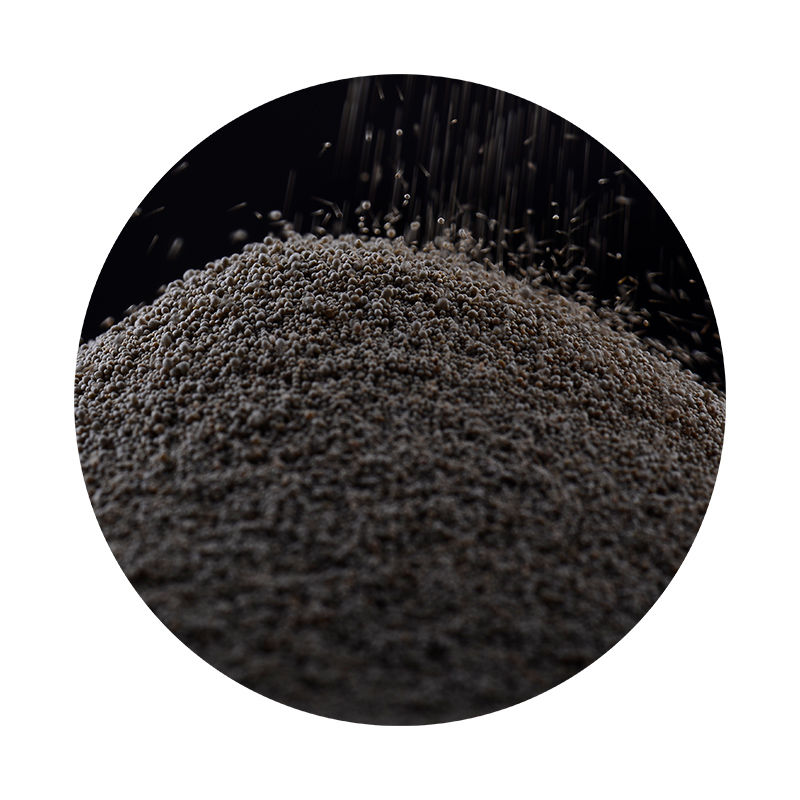
steel sand casting process. Once the steel has solidified, the sand mold is broken away, revealing the steel casting inside. The steel casting is then cleaned and finished to remove any excess material or imperfections. This may involve grinding, machining, or other processes to achieve the final dimensions and surface finish required for the part. Some parts may also require heat treatment or other post-processing steps to improve their mechanical properties or remove residual stresses. Steel sand casting offers several advantages over other casting methods, including the ability to produce large and complex parts with relatively low tooling costs. It is also well suited for producing parts with high strength and good dimensional accuracy. However, the process can be labor-intensive and time-consuming, especially for intricate parts that require multiple cores or internal features. Overall, steel sand casting is a versatile and cost-effective method for producing steel components with complex shapes and sizes. By carefully designing the pattern and mold, manufacturers can create high-quality parts that meet the specific requirements of their applications. With advances in materials and process technology, steel sand casting continues to be a valuable resource for industries seeking reliable and efficient manufacturing solutions. Post time:7 月 . 10, 2024 20:25
Next:Iron sand casting process for producing high-quality iron products with precise specifications.
